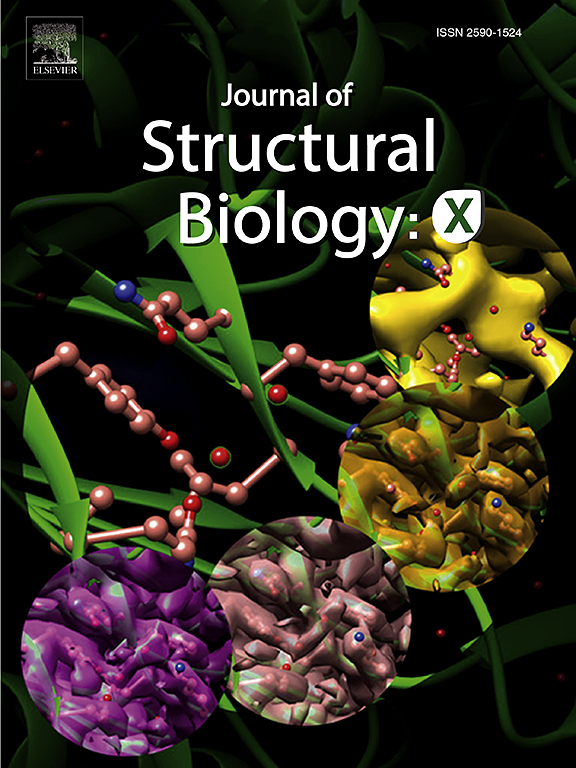ArtiaX: geometric models, camera paths and image processing tools
IF 2.7
3区 生物学
Q3 BIOCHEMISTRY & MOLECULAR BIOLOGY
引用次数: 0
Abstract
Biomolecular image analysis and data interpretation is significantly improved through the application of advanced visualization techniques. Numerous visualization packages are currently available, spanning a broad spectrum of applications. Recently, we developed a plugin called ArtiaX which extended the capabilities of UCSF ChimeraX to address the specific demands of cryo-electron tomography. Here, we introduce the evolution of ArtiaX, that can now generate models to facilitate particle selection, define camera recording paths, and execute particle selection routines. Diverse models can be generated and populated with putative particle positions and orientations. In addition, models can be used to drive the camera position, thereby simplifying the process of movie creation. The plugin incorporates fundamental image filtering options for the on-the-fly analysis of tomographic data and provides compatibility of particle lists with RELION-5 .star files. Collectively, this update of ArtiaX comprehensively encompasses essential tools for the analysis and visualization of electron tomograms. It retains its hallmark attributes of speed, reliability, and user-friendliness, fostering seamless human–machine interaction.

ArtiaX:几何模型,相机路径和图像处理工具。
通过应用先进的可视化技术,生物分子图像分析和数据解释得到了显著提高。目前有许多可视化包可用,涵盖了广泛的应用程序。最近,我们开发了一个名为ArtiaX的插件,扩展了UCSF ChimeraX的功能,以满足低温电子断层扫描的特定需求。在这里,我们介绍ArtiaX的演变,现在可以生成模型来促进粒子选择,定义相机记录路径,并执行粒子选择例程。不同的模型可以生成和填充假定的粒子位置和方向。此外,模型可以用来驱动摄像机的位置,从而简化了电影创作的过程。该插件包含基本的图像过滤选项,用于实时分析层析数据,并提供粒子列表与RELION-5的兼容性。明星的文件。总的来说,ArtiaX的更新全面包含了电子层析图分析和可视化的基本工具。它保留了其速度、可靠性和用户友好性的标志属性,促进了无缝的人机交互。
本文章由计算机程序翻译,如有差异,请以英文原文为准。
求助全文
约1分钟内获得全文
求助全文
来源期刊

Journal of structural biology
生物-生化与分子生物学
CiteScore
6.30
自引率
3.30%
发文量
88
审稿时长
65 days
期刊介绍:
Journal of Structural Biology (JSB) has an open access mirror journal, the Journal of Structural Biology: X (JSBX), sharing the same aims and scope, editorial team, submission system and rigorous peer review. Since both journals share the same editorial system, you may submit your manuscript via either journal homepage. You will be prompted during submission (and revision) to choose in which to publish your article. The editors and reviewers are not aware of the choice you made until the article has been published online. JSB and JSBX publish papers dealing with the structural analysis of living material at every level of organization by all methods that lead to an understanding of biological function in terms of molecular and supermolecular structure.
Techniques covered include:
• Light microscopy including confocal microscopy
• All types of electron microscopy
• X-ray diffraction
• Nuclear magnetic resonance
• Scanning force microscopy, scanning probe microscopy, and tunneling microscopy
• Digital image processing
• Computational insights into structure
 求助内容:
求助内容: 应助结果提醒方式:
应助结果提醒方式:


